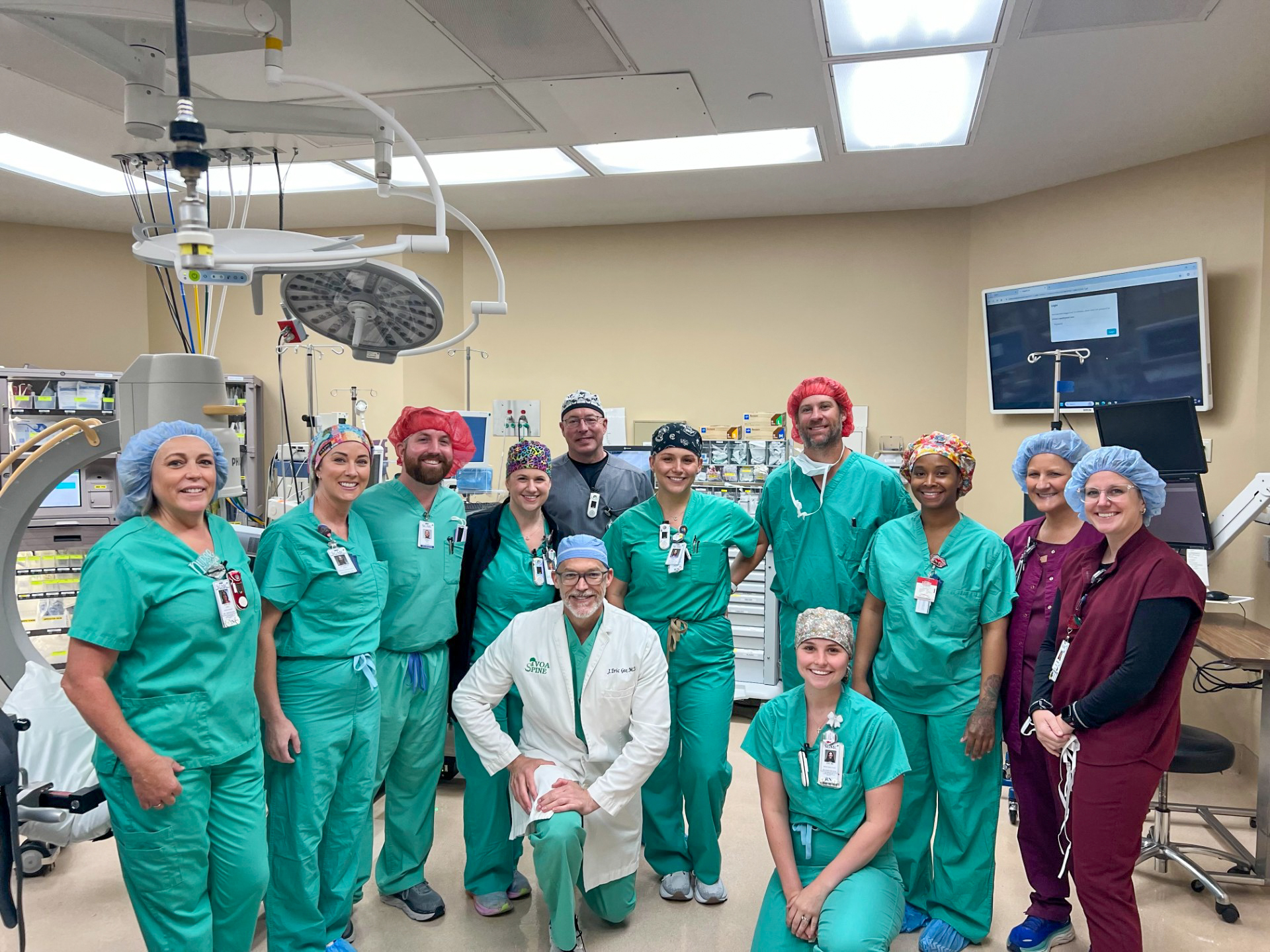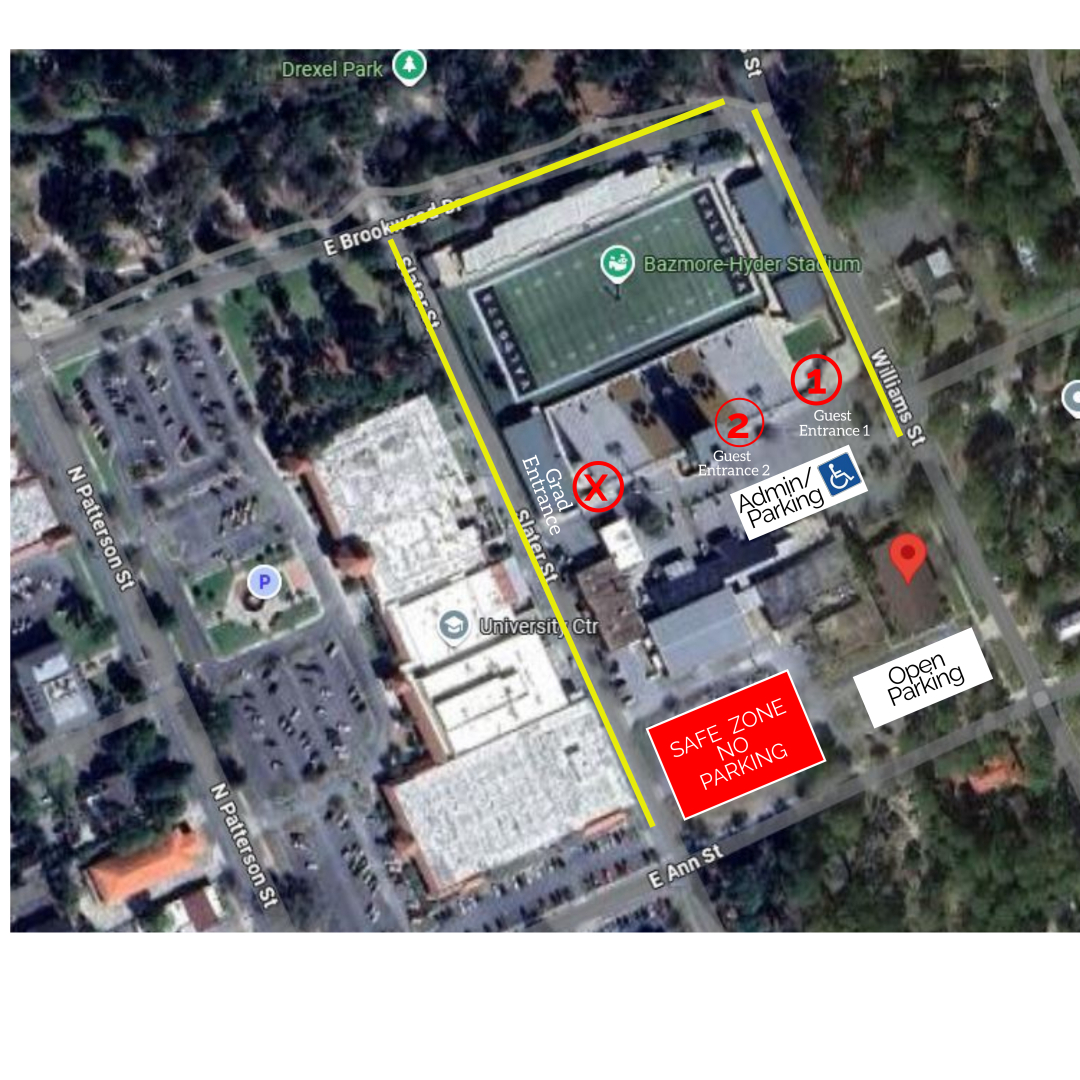CURT FOWLER: Five questions to build competitive advantage
Published 9:30 am Sunday, May 20, 2018
Sustainable competitive advantage is the moat that protects your company. – Warren Buffett
Warren Buffett’s Berkshire Hathaway recently increased its investment in Apple by 45 percent. That makes Apple one of Berkshire’s largest investments. Why does Buffett continue to invest in a company whose stock price has already tripled in the past five years?
Their moat. Warren explained his investment this way.
“Apple has an extraordinary consumer franchise,” he said. “I see how strong that ecosystem is, to an extraordinary degree. … You are very, very, very locked in, at least psychologically and mentally, to the product you are using. (iPhone) is a very sticky product.”
Apple has built a moat that is incredibly difficult to imitate. If you could imitate their ecosystem, it would cost way too much to do it. Apple has clearly defined their core customer as “the crazy ones, the misfits, the rebels, the ones who see things differently. They explore, they create, they inspire.”
Apple builds products that have become part of their core user’s identity. Their ecosystem and their products outperform the competition at meeting the needs of their core customer.
Their competitive advantage is not the iPhone. Buffett does not care how many iPhone X Apple sells. Looking at those metrics is way too short-sighted. Apple wins and will continue to win because of multiple activities and assets that work together to form an impenetrable moat.
Here is a sampling of those activities: iTunes, the iTunes Store, ability to attract amazing talent, supply chain and logistics that support huge project launches, intellectual property, trademarks, brand, iMacs, iPads, fantastic interoperability of all their products, the iCloud and the list goes on. How hard would it be to penetrate that moat?
Big moats produce big profits. Apple recently generated more profit in one quarter than Amazon has in 21 years – but Amazon’s moat is growing.
You cannot build a moat like Apple’s overnight, but you can start now. Answer these questions to start the process.
1. Who is your core customer? Who can you serve best, that values what you do and you are passionate about serving?
2. Why does your core customer buy from you? What do they value most about the service or product you provide?
3. How can you measure your ability to deliver what your core customer values most (i.e., low prices, customer service rankings, deliveries within “x” time)?
4. What resources (people, locations, assets, intellectual property, systems) allow you to outperform your competition in pursuit of your core customer?
5. How will you leverage and improve your resources to continually deliver additional value to your core customer?
Remember that Kmart was the king of low-priced shopping before Walmart knocked them off. New entrants into your market will always be willing to work harder, longer and take more risks to win your clients. They are hungry and have little to lose.
You, the incumbent, have a lot to lose. You must be continually listening to your customers and increasing the value you provide. If you don’t, you might become the next Kmart of your industry.
How are you listening to your customers? How will you provide more value to them in the future?
Curt Fowler is president of Fowler & Company (valuesdrivenresults.com) and director at Fowler, Holley, Rambo & Stalvey (valdostacpa.com). He is dedicated to helping leaders create and achieve a compelling vision for their organization. He is a syndicated business writer, keynote speaker and has an MBA in strategy and entrepreneurship from the Kellogg School. He is also a CPA and a pretty good guy as defined by his wife and four children.
Jason Smith is a reporter at The Valdosta Daily Times. He can be contacted at 229-244-3400 ext.1257.





